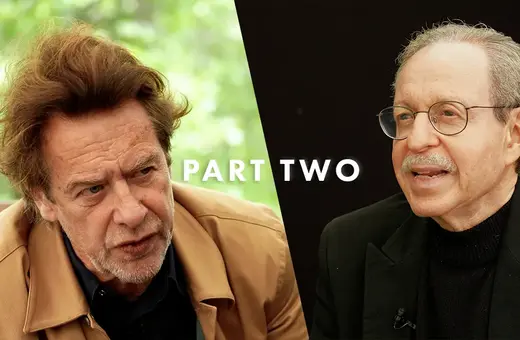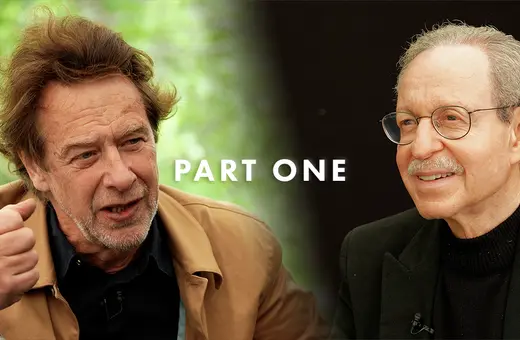The analytic – continental divide in philosophy is alive and kicking in the academy. Beyond the exchange of accusations and insults there is little genuine communication between the two traditions. But understanding the root of their divergence – different reactions to Kant’s argument that perceived reality is conditioned by our cognitive makeup – can be the key to getting the two sides to talk to each other, and even recognize that they have more in common than they think, argues Lee Braver.
The split between analytic and continental philosophy has been one of the defining features of the profession over the last 100 years or so. These two branches differ in many ways, down to such foundational matters as what kinds of questions to ask and answers to accept, as well as whom to draw upon for aid and inspiration in answering their questions. The division functions largely as a partition separating the two into parallel play, each side carrying on as if the other didn’t exist. On those occasions when someone does peer over the divider, their questions generally range from whether the other side is doing good philosophy to whether they are doing philosophy at all. Accusations of academic fraud regularly arise, with indignant characterizations of the others’ skills as primarily in tricking the gullible into lengthy disquisitions on various emperors’ sartorial status.
The fact that the great profession of the mind is itself of two minds is a problem. The problem isn’t that philosophers are disagreeing with each other, but that they’re not. Philosophy thrives on disagreement—arguments are our main tool, after all—but parties to a dispute must start from some shared premises and rules just for the dispute to take place. We have to agree to disagree, and most philosophers know too little of the other side even to mount intelligent attacks. A group of leading analytic philosophers, for instance, tried to block Derrida from receiving an honorary degree from Cambridge, loftily issuing the decree that “in the eyes of philosophers” he is not one—meaning, not one of us. They found his work to consist of “semi-intelligible attacks upon the values of reason, truth, and scholarship,” and they proved their superior fealty to these values by quoting an example of Derrida’s absurd prose—that he did not write. How much of his work, one cannot help but wonder, did their principled scholarship require them to read before condemning it in its entirety? Despite the traditions’ rancorous misunderstandings, however, they are still branches of the same discipline that branched from the same root, and this common point of origin can be traced back to one philosopher: Immanuel Kant. No matter how differently they reacted to his intellectual heritage, both do react and respond to it, making Kant’s thought a kind of Rosetta philosopher’s stone, for all this unfortunate babel.
While both vitriolic ignorance and baneful neglect are unfortunate, the lack of cross-engagement is understandable. It takes a tremendous amount of work to grasp the context needed to follow conversations that have been going on for 150-200 years. This also explains why philosophers who do try to engage often find it inscrutable, leading at times to wholesale dismissal. However, difficult is not the same as impossible, and a tradition of mostly failures should not discourage us from continuing to try. The divorce has done harm to the profession, leaving legions of rich arguments unargued, countless lessons unlearned. The independent development of the two makes conversing more difficult but also more valuable, as each tradition has developed sophisticated ideas and intellectual tools wholly missing in the other.





















Join the conversation